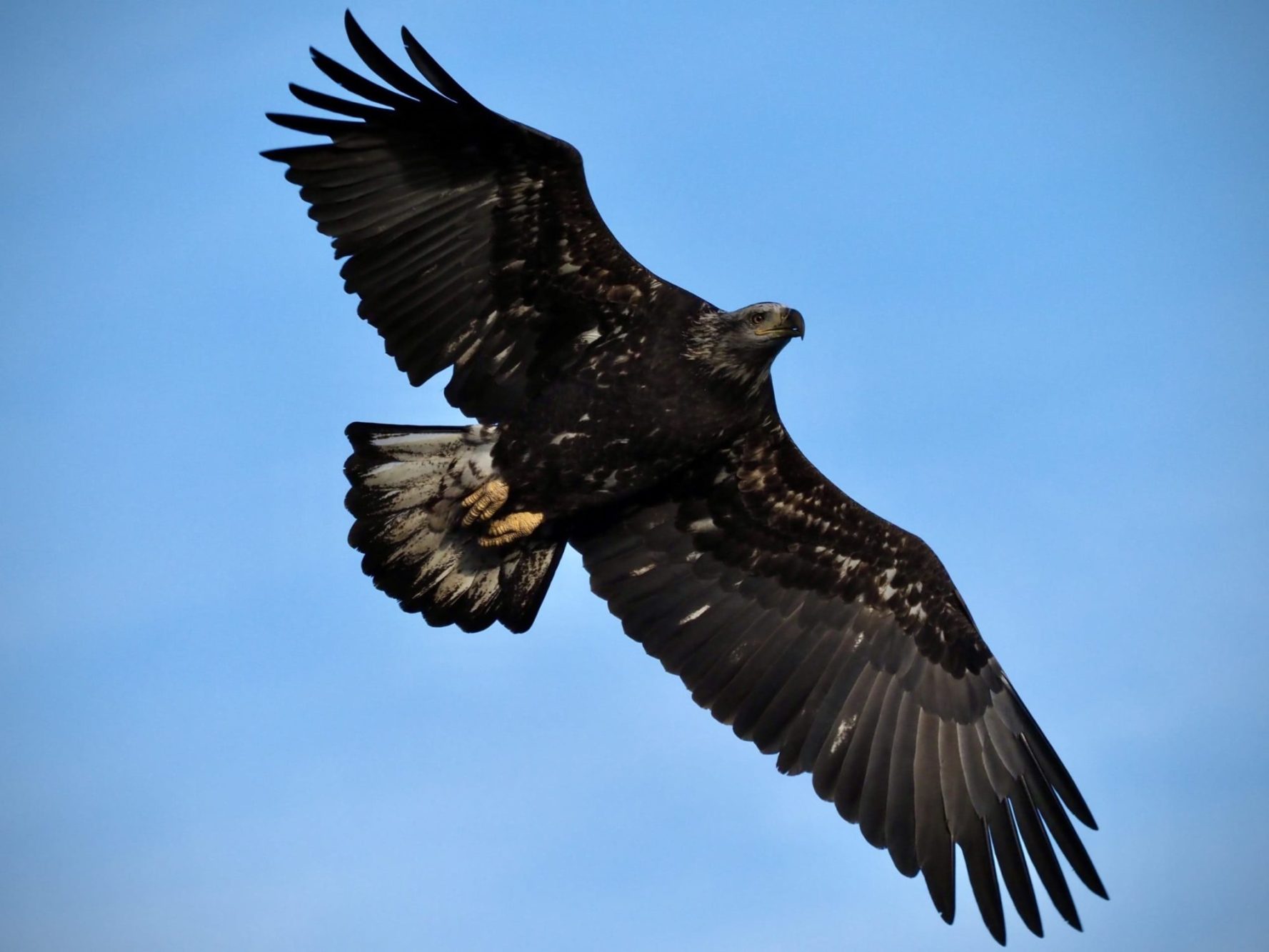
IN THE BACKYARD: Central New Jersey
May 17, 2020 | by Chris Brown
On March 13, having just wrapped up our tour of Hawai’i, I returned to my home in Central New Jersey, near Trenton, and a state which would soon be one of the hardest hit in the country. “Shelter-in-place” orders came just days later. For myself and everyone else it has been an uncertain and troubling time. Luckily, I’ve been a birder all my life.
How lucky are we, those who can find some joy, or at least some consistency, in knowing this: that even in a world that no one seemed prepared for and where no one really knows what happens next, at least the birds are on their way.

A Cape May Warbler made a brief appearance. Photo by Chris Brown.
My yard, modest yet spacious, is certifiably suburban. My neighbors all have similar yards, about a quarter acre, most with a nice selection of shrubs and trees. It’s not by any means a bad place for a birder to be “stuck” right now. I get the occasional warbler that comes through the yard, usually high in the Pin Oak. Just now there was a Blackpoll Warbler, yesterday a Cape May and last week a Pine Warbler. My feeders attract the standard East Coast fare: House Finches, Downy Woodpeckers, and the Chipping Sparrow pair that have recently returned from some southern locale. Throw in an occasional squirrel or chipmunk for balance. On a good spring morning I can sit on the front porch and identify 65 species singing in the wood line at the end of the road. I also have a good view of the sky in several directions.
So the real story here, however, isn’t so much what I get in my yard itself, but what flies over. In the past few weeks such migrants as a Merlin, and American Kestrel, a few Purple Martins, Barn and Rough-winged Swallows have put in the odd appearance. One day 4 Common Loons went by, heading north. Bald Eagles and Osprey have been surprisingly regular and Sharp-shinned, Cooper’s and Broad-winged Hawks haven’t been strangers to my airspace, either. One of the eagles came with grumpy raven accompaniment. I have discovered a system, both comfortable and effective, for keeping watch upon the skies above my home: I set up my hammock and wait, and if I need to rest my eyes occasionally (and who wouldn’t?), I doubt anyone will notice.
Another way I’ve been monitoring the birds going over my house is by creating a simple and cost-effective microphone system to record nocturnally migrating birds calling as they pass overhead. The next day I can create a spectrogram, a visual representation of the recording, and scan through it looking for these tiny call notes. These spectrograms can be compared with known spectrograms of a given species to come to an identification, but some birds can be identified by ear, as well. So far my new project has recorded Savannah Sparrows, Chipping Sparrows, Yellow-rumped Warblers, Black-and-white Warblers, tanagers, and grosbeaks as well as many other “standard” nocturnal migrants, but other surprises crop up almost every night. One night five or more Green Herons passed by. My first night recording I recorded only one bird but it was a Grasshopper Sparrow. A few days ago the big find was that a Greater Yellowlegs had gone by, dozens of miles from the coast!

Spectrogram of the “tew-tew-tew-tew” call of a Greater Yellowlegs. Chris Brown.
Migration in the time of lockdown has been very different from any other time in my life. I find myself trying to optimize my birding time and the available birding space by doing all I can to be aware of what is going on in my own backyard. I also understand that to have a yard that is any good for birds is a privilege many do not necessarily share. But here’s the thing: there isn’t really anything special about my yard. So whatever space you have to explore right now, I encourage you to make the most of it and to enjoy the inevitable surprises that will greet you if you take the time to look for them.
Add a comment to let me know if you’d be interested in a blog post about my simple and inexpensive nocturnal flight call system!
1 Comments
Leave a Comment
You must be logged in to post a comment.

































Most fascinating Chris. A wonderful insight as to what is possible even in suburbia, and 65 species on a good day is exceptional.